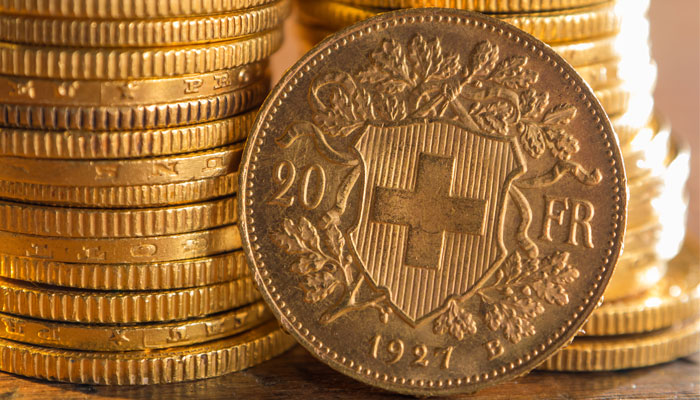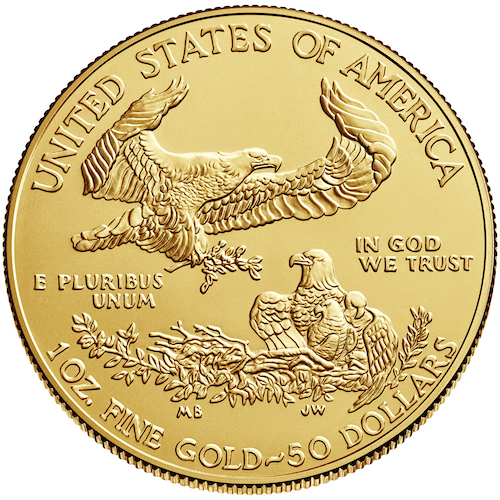Low Premium Fractional Gold Coins
An effective way to stack gold, either as a hedge or for financial security, is to buy low-premium fractional gold coins. Some of the lowest premiums can be found in vintage gold coins. These include Pre-1933 US Mint gold coins as well as those minted throughout Europe in the late 19th and early 20th centuries. Most coins … Read moreLow Premium Fractional Gold Coins


